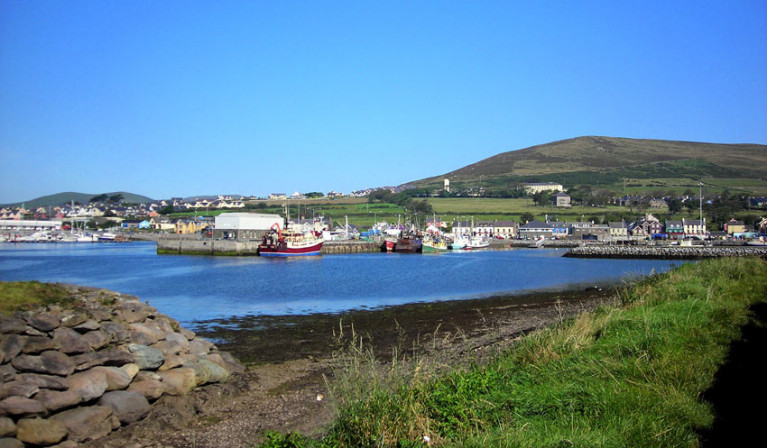Displaying items by tag: Fishery Harbour Centre
Dingle Harbour Facilities Set To Reopen By This Weekend
The Department of Agriculture, Food and the Marine (DAFM) has confirmed that bathroom and shower facilities at Dingle’s harbour and marina will reopen by the coming weekend.
Marina users had expressed dismay that facilities at the fishery harbour had remained under lock and key, despite reports of no such restrictions on similar service blocks at other marinas frequented by cruisers along the coast.
In a statement to Afloat.ie, DAFM — which operates Ireland’s six Fishery Harbour Centres — said it was “not in a position to open the marina facilities in Dingle until such a time as appropriate cleaning services could be engaged to meet with the current safety guidelines” amid the coronavirus pandemic.
However, the department says the situation has now been resolved and the facilities will be open for the coming weekend.
Marine Notice on Construction in Castletownbere Harbour
#IRISH HARBOURS - The latest Marine Notice from the Department of Transport, Tourism and Sport (DTTAS) advises on construction works at Castletownbere Fishery Harbour Centre in Co Cork this week.
The works involve the installation of four steel piles - two in the navigation channel to the inner harbour and two to the west of Dinish Pier.
The works are being advanced by civil engineering crews working from a jack-up barge, which will display the relevant day signals and navigation lights in accordance with collision regulations.
For safety reasons, mariners are requested to proceed slowly and with caution in the approach channel to the Fishery Harbour Centre and to give the works a wide berth. Wave-wash from vessels should also be avoided.
These works are expected to be on-going until mid-December, weather permitting.
Complete details for shipowners, ship operations, shipmasters and seafarers are included in Marine Notice No 57 of 2011, a PDF of which is available to read and download HERE.

























































